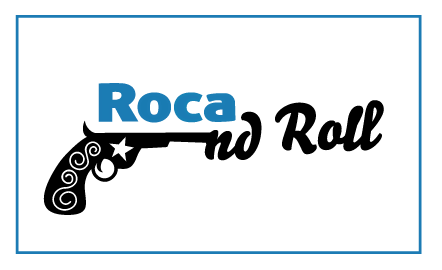
Classical elements in Greece
The Greek classical elements are:
fire
 ,
,earth
 ,
,air
 ,
,and water
 .
.They represent in Greek philosophy, science, and medicine the realms of the cosmos wherein all things exist and whereof all things consist. The ancient Greek word for element (stoicheion) literally meant "letter (of the alphabet)", the basic unit from which a word is formed.
Plato mentions the elements as of pre-Socratic origin, a list created by the Ionian philosopher Empedocles (ca. 450 BC). Empedocles called these the four "roots"; Plato seems to have been the first to use the term "element (stoicheion)" in reference to air, fire, earth, and water.[3]
Four Classical Elements
* Air is primarily wet and secondarily hot.
* Fire is primarily hot and secondarily dry.
* Earth is primarily dry and secondarily cold.
* Water is primarily cold and secondarily wet.
One classic diagram (right) has one square inscribed in the other, with the corners of one being the classical elements, and the corners of the other being the properties. The opposite corner is the opposite of the these properties, "hot - cold" and "dry - wet"
According to Galen, these elements were used by Hippocrates in describing the human body with an association with the four humours: yellow bile (fire), black bile (earth), blood (air), and phlegm (water).
The concept of the classical elements proved extremely persistent in Europe, lasting through the Middle Ages to the early modern era. Just as the Aristotelian dogma was related to the Greek world view, the idea of classical elements in the Middle Ages composed a large part of the medieval world view. The Roman Catholic Church supported the Aristotelian concept of aether because it supported the Christian view of earthly life as impermanent and heaven as eternal.[citation needed]
In Western astrology the concept of the four classical elements has survived from antiquity up until the present. The twelve signs of the zodiac are divided into the four elements: Fire signs are Aries, Leo and Sagittarius, Earth signs are Taurus, Virgo and Capricorn, Air signs are Gemini, Libra and Aquarius, and Water signs are Cancer, Scorpio, and Pisces. Most modern astrologers still view the four classical elements as a critical part of interpreting the astrological chart.
In divinatory tarot, which originated in its present form in medieval Europe (though its roots may go back much further), the suits of cups, swords, wands (batons) and pentacles (coins) are said to correspond to water, air, fire, and earth respectively. These correspond in the modern deck of playing cards to hearts, spades, clubs, and diamonds.


No comments:
Post a Comment